42 m and m experiment
M&M Rainbow Science Experiment - A Dab of Glue Will Do Getting The M&M Rainbow Science Experiment Ready: You Will Need: M&M's Plate Warm Water This simple science experiment requires very little preparation. Simply, arrange the M&M's in a circle near the edge or rim of a glass or plastic plate. Don't use a paper plate for this experiment. Teaching the Scientific Method with M&Ms - The Chromebook Classroom This lab requires small bags of M&Ms. You can give a bag to each student or to each lab group. Mini bags work best and can typically be found at Walmart and CVS. Ask a question - "Can you predict the color of the M&Ms in your bag?" Form a hypothesis - have students predict how many of each color M&M are in their bag. Have them record ...
M&M Math | Science Project M&M Math | Science Project Statistically determine the frequency of different colored M&M's in a package of M&M candies. Jump to main content Search Search Close Resource Type: Science Projects Project Guides Careers STEM Activities Lesson Plans Video Lessons Videos Blog All Please enter a search term in the text box. Menu Science Projects

M and m experiment
Candy Science Fair Project: Do Some Colors of M&Ms Melt Faster ... Make three or five clusters (depending on the type of M&Ms you are using) of three candies each, placed at equally spaced points around the circle. Refer to the illustration below: Make sure that the clusters of M&Ms are equally far away from each other. Then, use a dot of glue to attach each candy to the plate. PDF Scientific Method M&M Lab - Derry Area School District 4. Experiment! 5. Record and analyze data. 6. State a conclusion. ˚˜ !"#$% ˚"˜ In this activity, you will follow the steps of the scientific method to discover how many candies of each color are in one bag of M&Ms. It will show you how scientists record data on charts, make graphs, and draw conclusions. Do not eat any of the candies until ... M&M's and the Scientific Method - scienceteacherprogram.org M&M's and the Scientific Method Grade Levels: High School (can be adapted for Middle School students) Objective: Introduce the scientific method including terminology Provide a fun activity for students to experience how the scientific method is used Stage and duration of activity: 50 minutes Handouts: Yes M&M Group Activity
M and m experiment. M&M LAB Flashcards | Quizlet OBJECTIVES: 1. Name and describe the steps of the scientific method. 2. Follow the steps of the scientific method to solve a problem. 3. Record data in a table or chart. 4. Construct a graph that shows the results of the investigation. INTRODUCTION: In this activity, you will follow the steps of the scientific method to discover how many ... M&M Candy Experiment For Kids - Little Bins for Little Hands STEP 1: Set out a bowl of M&Ms and you can let the kids sort them out themselves! Let your child have fun arranging them in a pattern around the edge of a plate alternating colors in any number they like- singles, doubles, triples, etc… Before pouring in the water ask your child to form a hypothesis. M&M Candy Experiment | U.S. Geological Survey M&M Candy Experiment Supplies: M&Ms Bowl of water That's it! Put a couple M&Ms in the water with the M side up and observe what happens. M&M's are made of colored sugar that dissolves easily in water. The M is made out of more than just sugar so it doesn't dissolve as quickly. Eventually you will see the M float away from the candy! M&M Survival Challenge | Science Project - Science Buddies Do this by counting and placing 10 M&M's of each color into a plastic bag. The M&M's represent the animals that the predator likes to eat. This means you should have one plastic bag with 10 yellow, 10 blue, 10 green, 10 brown, 10 red, and 10 orange M&M's candies in it. Gather together a pack of 2-4 volunteer "predators."
Candy Science for Kids: M&M Experiment - Coffee Cups and Crayons M&M Candy Experiment Supplies: M&Ms Bowl of water That's it! Put a couple M&Ms in the water with the M side up and observe what happens. We talked about how the coating on the M&M was made of colored sugar that dissolves easily in water. It was very interesting to see which colors started to dissolve and spread first. How to do the floating M&Ms science experiment - YouTube This fun science experiment for kids will reveal something amazing. A simple kitchen science activity for kids of all ages to try at home. M&M's Rainbow and Floating letters Science DIY... M And M Experiment Worksheets & Teaching Resources | TpT Dissolving M&Ms - American Chemical Society Students place an M&M in water and see the colored sugar coating dissolve around the M&M. Students help develop a model to explain that the attraction of water molecules for sugar and color (dye) molecules is a good explanation for why the sugar coating dissolves.
Floating M&M Experiment - Little Bins for Little Hands Click below to get your quick and easy science activities. YOU WILL NEED: M&M's in all colors. Making a rainbow is fun. Water Shallow bowl or mini cups (you can try this in individual cups like you see below or in one cup like the video) So how does a floating m happen? First, you need to fill your container {s} with water. Fun with M & M's | Chemical Education Xchange Fun with M & M's. I came across a simple, yet interesting experiment that was first described by Elizabeth Sumner Walter in 2001. She merely had students pour water into a dish containing some Gobstoppers candies. I showed this experiment to some of my college chemistry students while they were working on a different laboratory experiment. Floating M&M's Science Experiment - The Teacher's Corner water. Put about an inch or two of warm water into the bowl. Select several candies that have nice, clear "M"s on them. Place them, M side up, in the water. Now watch carefully. Quickly, the candy coating starts to dissolve and the colors settle to the bottom around the candy. The last part of the color to go will probably be the part under the ... M&M's Science - Crazy Science (Rainbow) - YouTube
Dissolving M&Ms - American Chemical Society 1. Label your three cups water, alcohol, and oil. 2. Add 1 tablespoon of water, isopropyl alcohol, and oil to its labeled cup. 3. Take three M&Ms of the same color and put one in each cup. 4. Swirl each cup for about 20 seconds to see if one liquid is better than another at dissolving the candy coating. What to expect
M&M Diffusion Experiment - A tang of science Place the remaining sweets in a circle around the outside of your plate. Remove any remaining M&Ms or Smarties that do not fit in the circle. Slowly add water to your plate. It needs to reach the M&Ms, but they should not float. From now on you cannot move the experiment. Observe what happens to the colour of the sweets. You can also watch this ...
PDF Pd: M&M Lab - Monadnock Regional High School 1. Pour the M&M's onto a clean paper towel or paper plate. (No eating yet!) 2. Sort the M&M's by color. 3. Count the number of M&M's of each color. Record in the frequency column. 4. Add all the numbers in the frequency column and record the total number of candies at the bottom of the column. 5. Calculate the percentage of each candy color.
M & M Decay - Teaching Activities The students will remove the blank M & M's, graph the number of undecayed ones, and shake those, simulating another half-life. The students will pool their data, examine the effect of sample size, and assess how many half-lives it takes to run out of countable undecayed atoms. This model explains why real radiometric dating labs require minimal ...
PDF M&M Experiments - Aim Academy Online M&M Experiments. EXPERIMENT 2. The Floating M. SUPPLIES NEEDED: • a shallow bowl • water and M&M's in a variety of colors. TO DO: 1. Place a few M&M's in your bowl, positioning them so the "M" side is up. Be sure they aren't touching one another. 2. Add room temperature water to your bowl so that it completely covers the M&M's. 3.
In this activity, students gain a better understanding of radioactive dating and half-lives. Students use M&Ms to demonstrate the idea of radioactive decay. Each group begins with 100 M&Ms in a container. Parent isotopes are represented by the M side up (radioactive). Daughter isotopes are represented by the M side down (stable).
Floating M M&M Candy Science Experiment | Mombrite Materials: M&Ms in different colors Water Small containers (I used glass bowls) Instructions: Place one M&M of each color in individual containers. Slowly pour enough water into each container to cover the M&Ms. Watch the colors dissolve off the M&Ms. Ask your child which color dissolves the fastest and slowest.
M And M Science Experiment Teaching Resources | Teachers Pay Teachers Scientific Method M&Ms Lab Science Experiment: These worksheets provide step by step instructions through the Scientific Method experiment process. It is engaging and fun! Just bring the candy - and the sheets are ready to use -NO PREP!
M&M Diversity Activity - HiMama Activities Watch on. Step 1. Pick our 4-5 different colored M&Ms. Have your child predict what they think will be on the inside of the different candies. Step 2. Cut open the M&Ms and speak with your child and show how they're all the same. Step 3. Explain how this is the same for people with different skin colors.
M&M science rainbow {STEAM for kids} - Gift of Curiosity The hard shell of the M&Ms is made with water soluble colors. When the water touches the M&Ms, the colors begin to dissolve off of the M&Ms and run into the water. Because of the shape of the plate and the positioning of the M&Ms, the colors have no where to go except into the middle of the plate, forming a beautiful rainbow as they do.
M&M Candy Rainbow Science Experiment for Kids - Life With Darcy and Brian M&M Candy Science Experiment Supplies: M&Ms (we used mini ones) White plate (ideally with a slope to the center) Warm water; M&M Candy Rainbow Science Experiment Directions: Spread M&Ms out into a circle shape in the middle of the plate. You can experiment with trying different shapes, multiple layers of candy, and placing the candy in ...
M&M's and the Scientific Method - scienceteacherprogram.org M&M's and the Scientific Method Grade Levels: High School (can be adapted for Middle School students) Objective: Introduce the scientific method including terminology Provide a fun activity for students to experience how the scientific method is used Stage and duration of activity: 50 minutes Handouts: Yes M&M Group Activity
PDF Scientific Method M&M Lab - Derry Area School District 4. Experiment! 5. Record and analyze data. 6. State a conclusion. ˚˜ !"#$% ˚"˜ In this activity, you will follow the steps of the scientific method to discover how many candies of each color are in one bag of M&Ms. It will show you how scientists record data on charts, make graphs, and draw conclusions. Do not eat any of the candies until ...
Candy Science Fair Project: Do Some Colors of M&Ms Melt Faster ... Make three or five clusters (depending on the type of M&Ms you are using) of three candies each, placed at equally spaced points around the circle. Refer to the illustration below: Make sure that the clusters of M&Ms are equally far away from each other. Then, use a dot of glue to attach each candy to the plate.
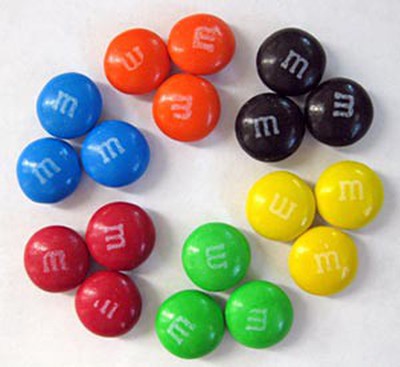
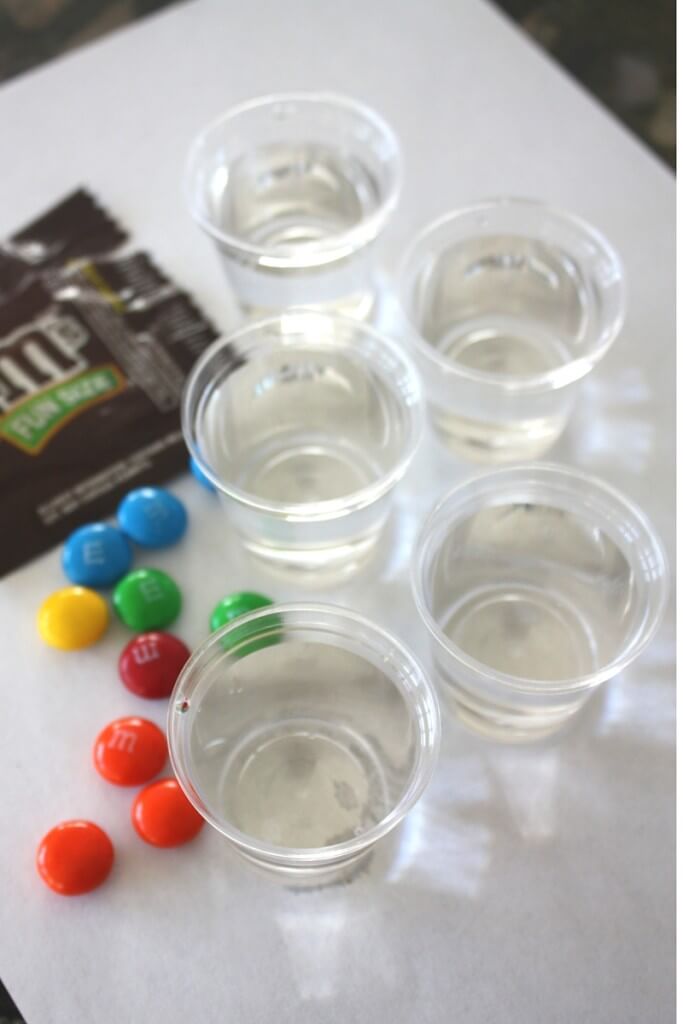

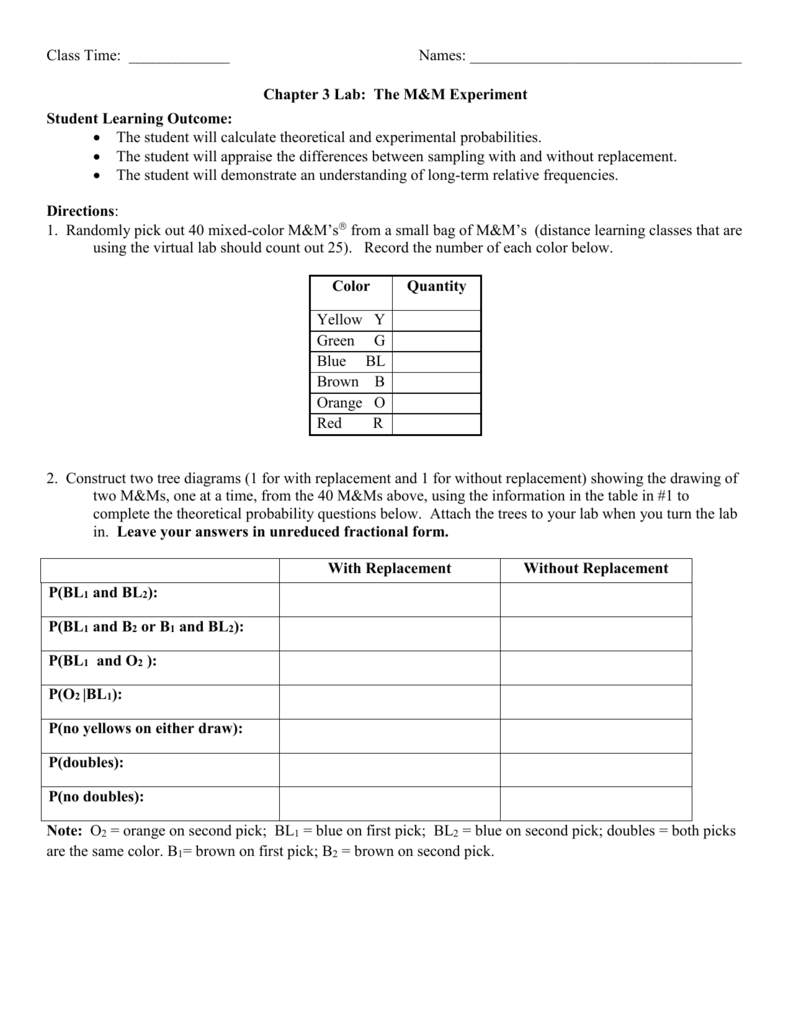






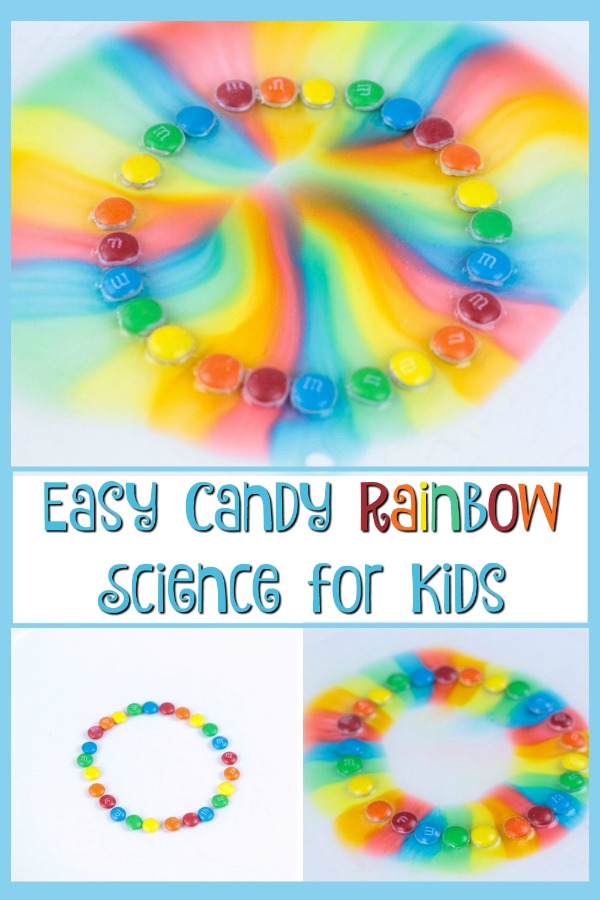

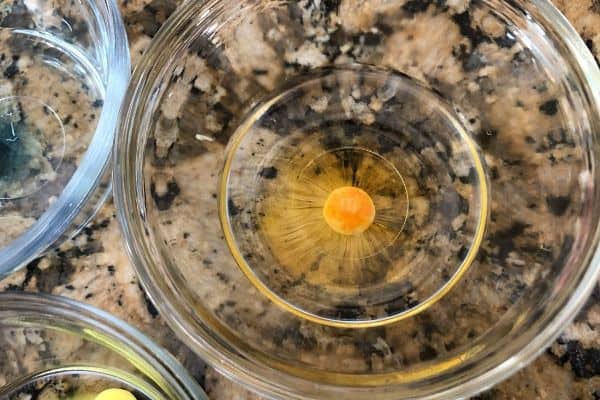

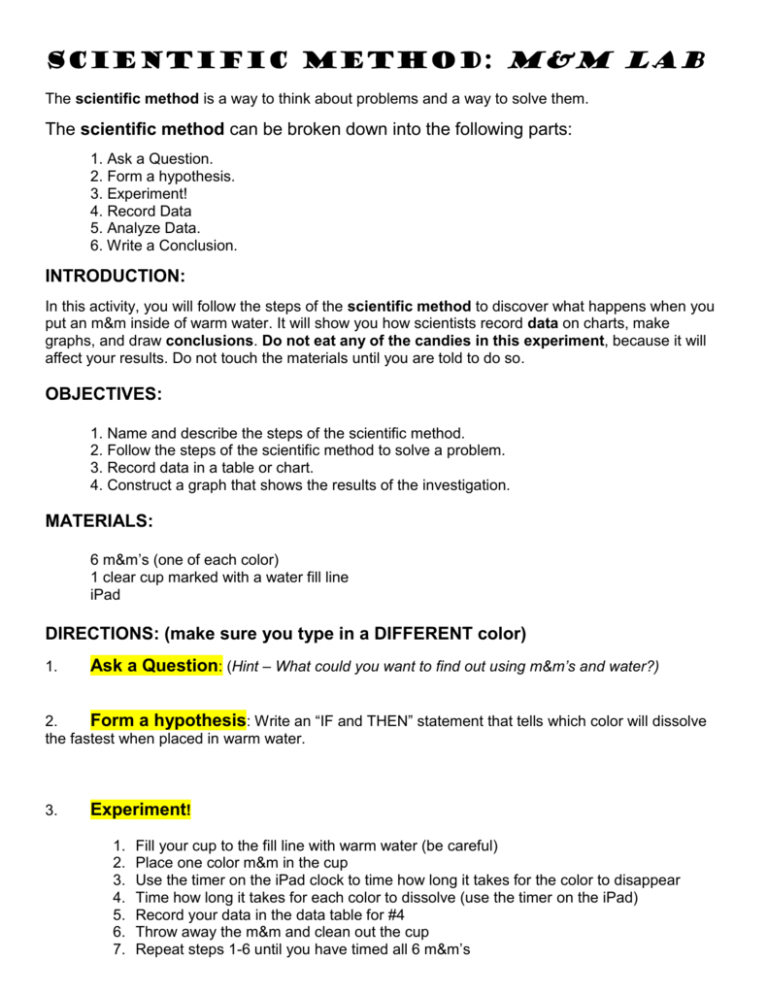

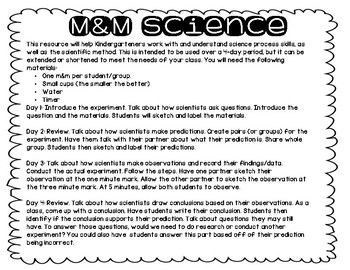


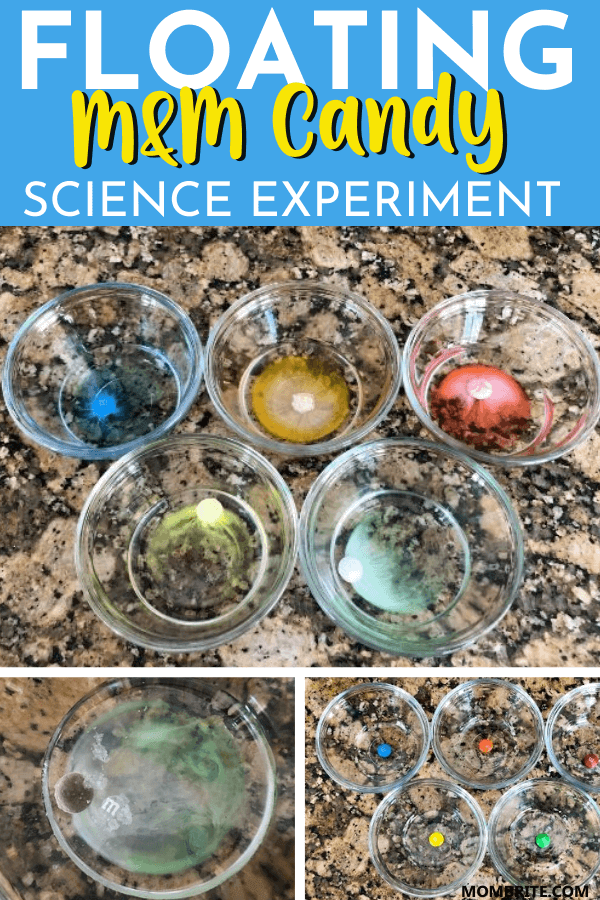

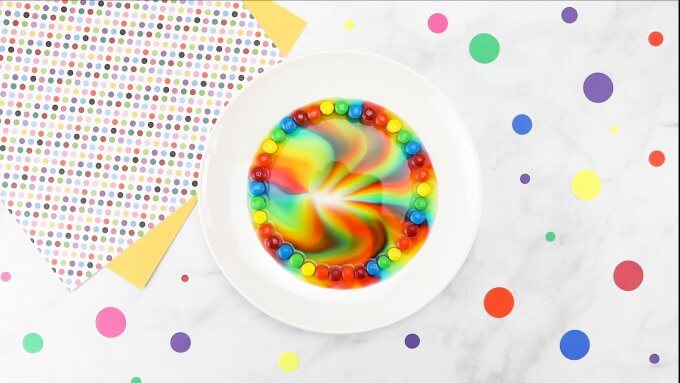


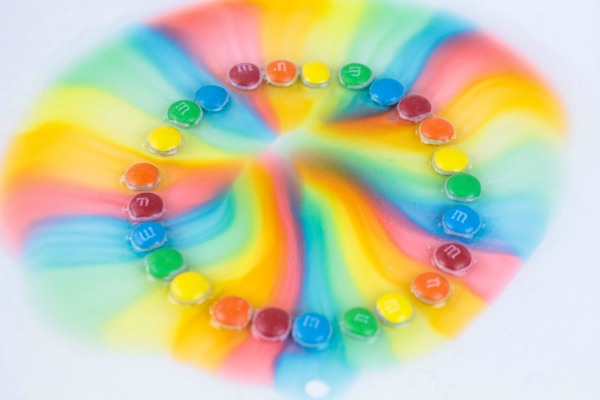






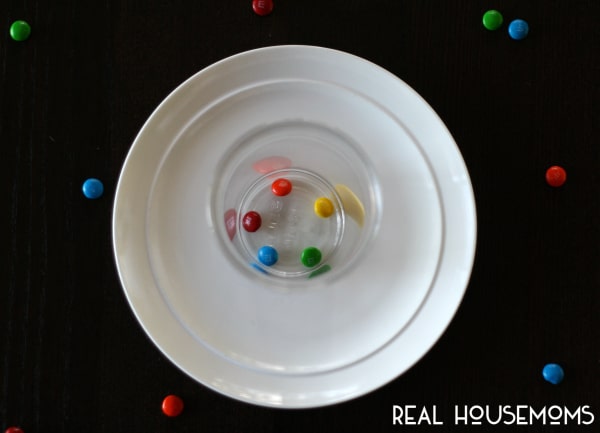
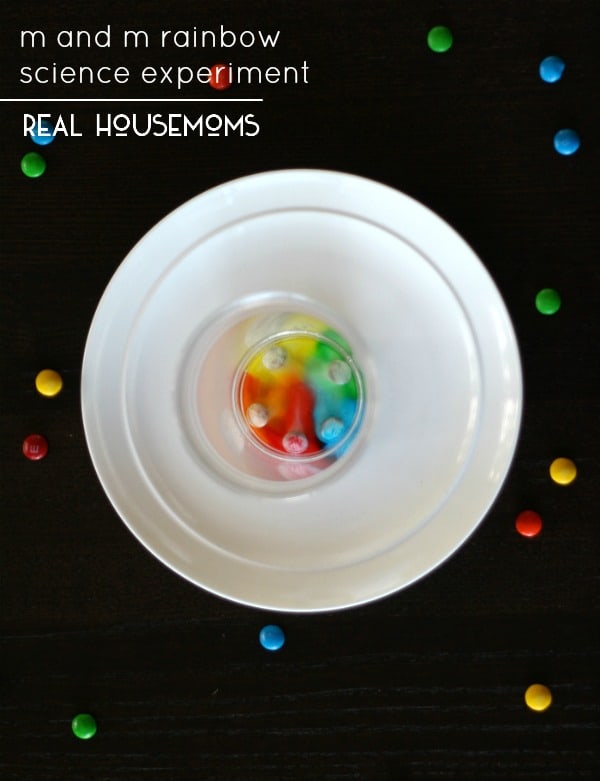
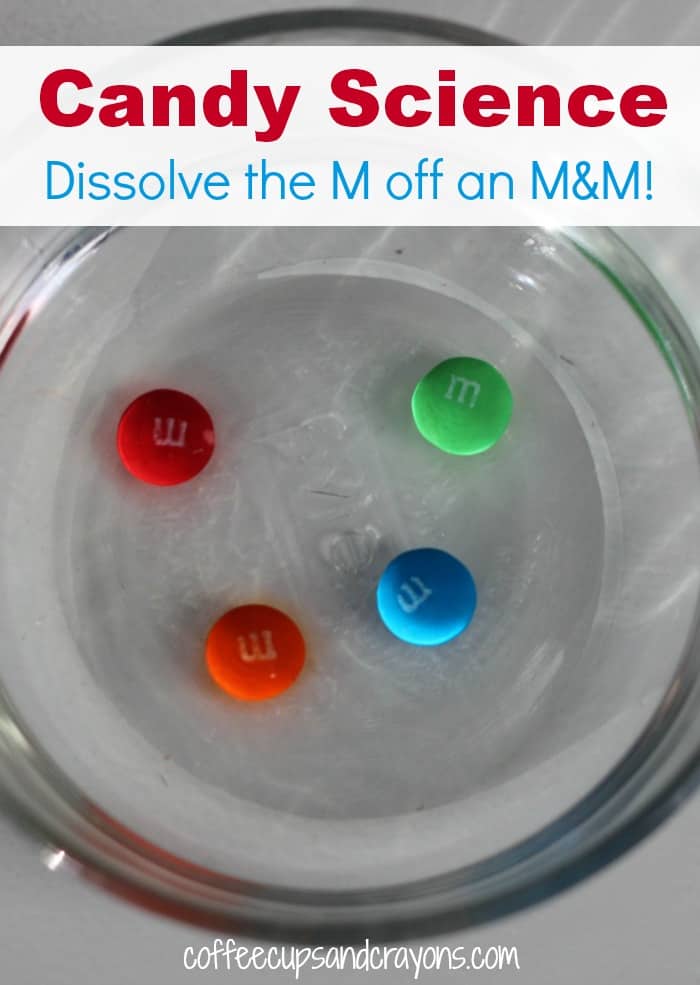
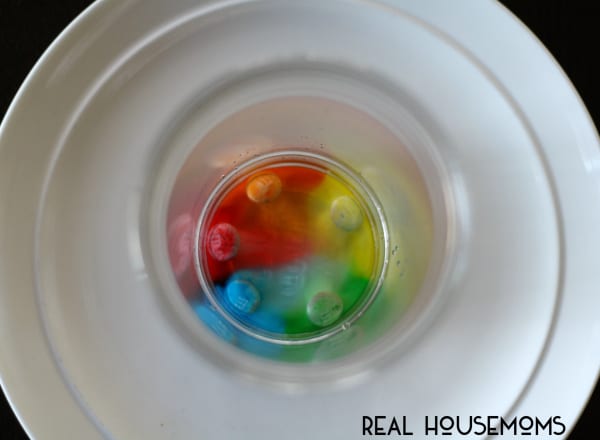


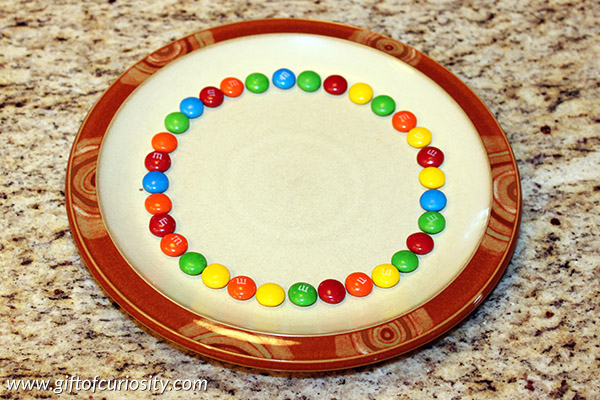
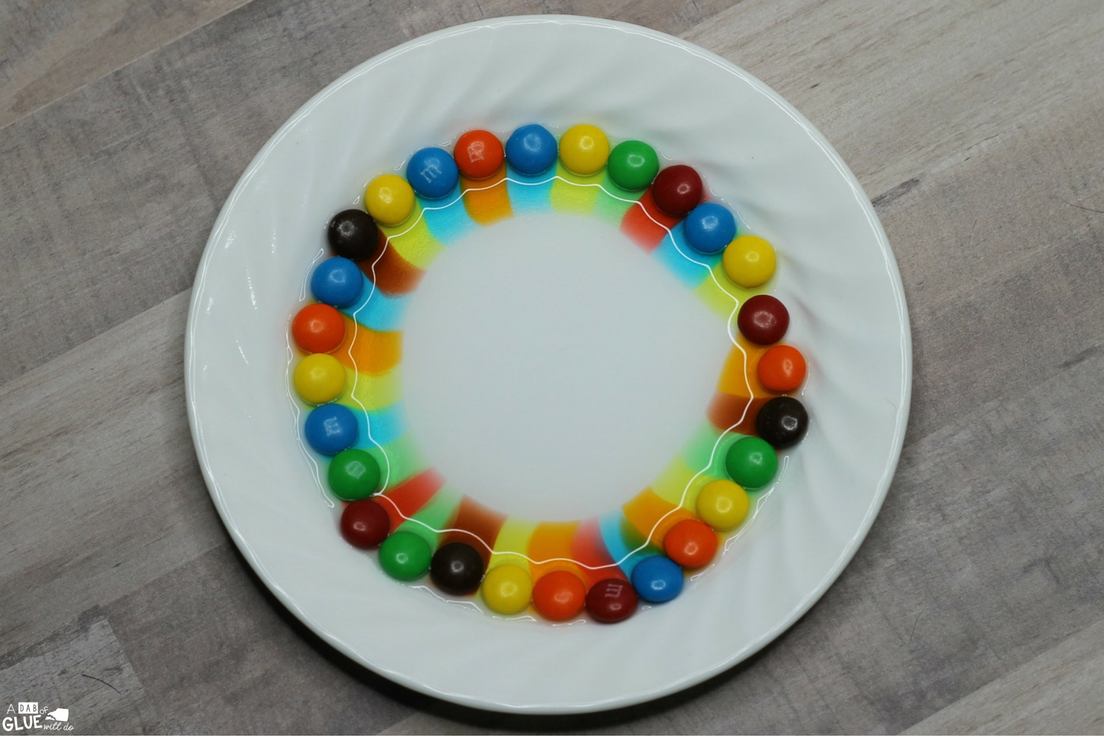
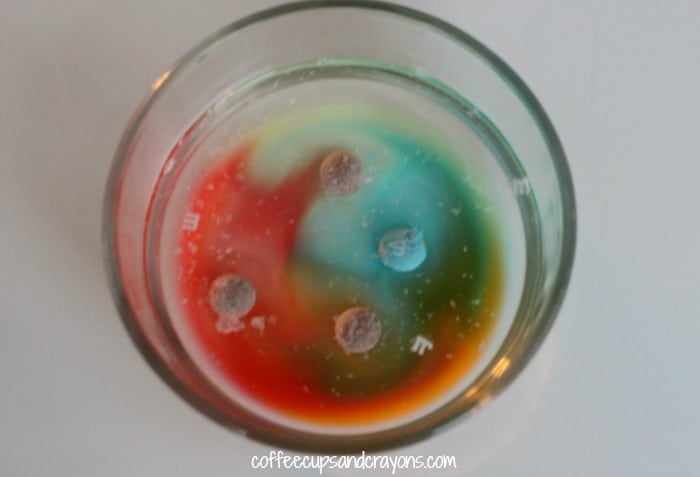
0 Response to "42 m and m experiment"
Post a Comment